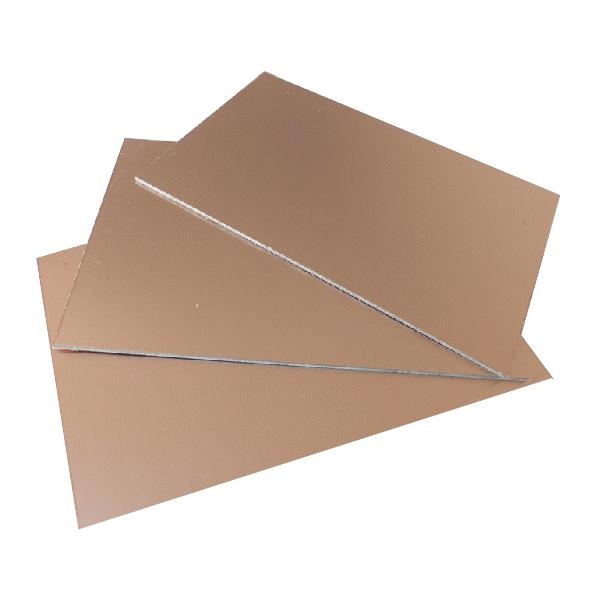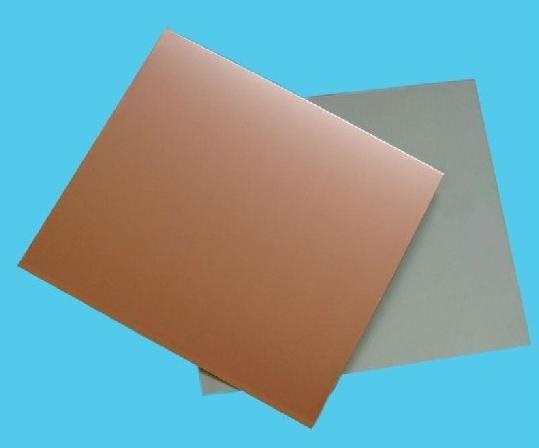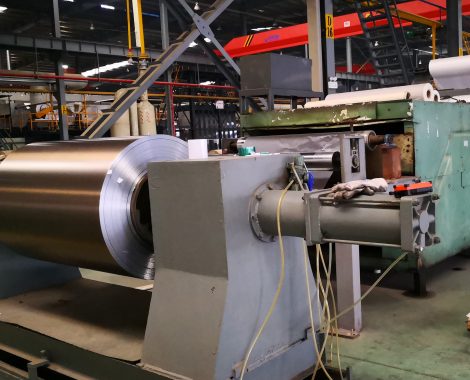Laminate press plate
Producing of laminate hot press plates
- Materials: Press plates are usually made from high-quality stainless steel, which offers excellent resistance to wear, corrosion, and deformation under high pressure and temperature.
Design and Engraving: The desired texture or pattern is engraved onto the press plate using laser engraving or chemical etching techniques.
Laminating Process: During the lamination process, a technician first stacks layers of kraft-paper impregnated with phenolic resin and decorative paper impregnated with melamine resin.
Under high pressure and heat, the press plates transfer their texture or pattern onto the top layer of the laminate.
Polished Plates: Used for producing high-gloss or mirror-like finishes.
Textured Plates: Feature engraved designs or patterns that create specific textures, such as wood grain, stone, leather, or fabric.
Embossed Plates: Used to create deep textures or patterns with more pronounced relief, giving the laminate a more three-dimensional effect.




We developed laminate hot press plates in higher quality standard, thickness 3.0mm, 5.0mm, 2.0mm, and etc.
size: 4’*8′,4’*9′,4’*10′,4’*12′,6’*8′,6’*10′,6’*12′
Pattern: Wood grain,stone grain,suede,glossy,shaped,
Melamine MDF Textur,HPL Texture
Material: SUS304,SUS410,SUS633
- Customization: Offers endless possibilities for surface design, allowing manufacturers to create laminates that mimic various natural materials.
- Durability: laminate hot press plates contribute to the laminate’s resistance to wear, heat, and moisture.
- Cost-Effectiveness: Allows for the production of attractive, high-quality surfaces at a fraction of the cost of using real wood, stone, or other materials.

- Furniture: Press plates are used to create realistic wood grain or other textures on laminate surfaces for tables, cabinets, and more.
- Flooring: They add textures like wood, stone, or tile to laminate flooring, enhancing its aesthetic appeal and slip resistance.
- Countertops and Wall Panels: Used to create smooth or textured finishes on surfaces, adding both durability and style to these applications.
